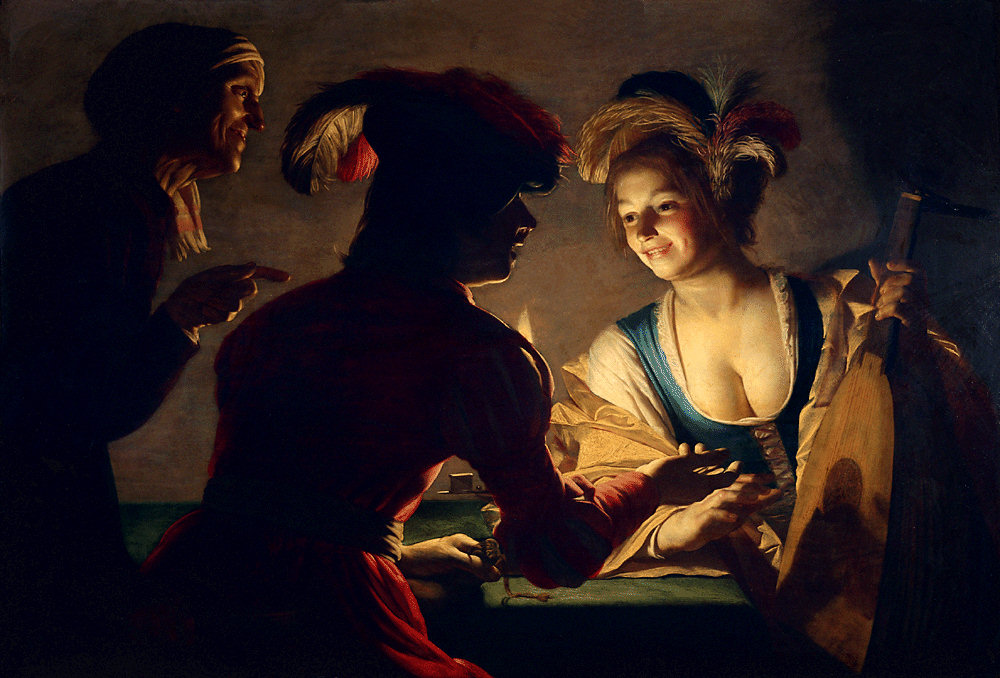This post comes to you from Cultura21
 The purpose of the ecoSelf project is for people to find a sense of ecological identity and based on that to live in ecological balance. In order to find this ecological identity, people have to face the fact that humankind is part of the Earth’s wider ecology, thus stands in constant interdependence with nature. This knowledge can contribute to personal healing because the individual can be healed as part of the larger body of the Earth. Since wild nature seems to provide a powerful context for processes of ecological Self realisation, David Key uses it as a basis for his courses and projects. He provides professional development courses to help people learn how to facilitate ecological Self realisation programmes.
The purpose of the ecoSelf project is for people to find a sense of ecological identity and based on that to live in ecological balance. In order to find this ecological identity, people have to face the fact that humankind is part of the Earth’s wider ecology, thus stands in constant interdependence with nature. This knowledge can contribute to personal healing because the individual can be healed as part of the larger body of the Earth. Since wild nature seems to provide a powerful context for processes of ecological Self realisation, David Key uses it as a basis for his courses and projects. He provides professional development courses to help people learn how to facilitate ecological Self realisation programmes.
In the following some of his courses and programmes are introduced:
Natural Change for Facilitators
Knoydart (Scotland) 24th – 31st March, 2012
It is a professional development course for those interested in facilitating groups using approaches pioneered on WWF’s Natural Change Project. Natural Change is an outdoor-based experiential programme designed to engage and support leaders for sustainability.
Ecopsychology Distance Learning Programme
16th April – 15th June, 2012
This programme offers a 12 week learning opportunity for those interested in exploring ecopsychology theory. A major part of the learning process will be to help exploring how one might apply ecopsychology to the personal and professional life.
Ecopsychology: experiencing the ecological self
Schumacher College, Devon from May 27- June 1, 2012
Through a series of carefully facilitated outdoor experiences and small group work, this course will help participants experience the ecological Self and ask what it really means to “reconnect with natureâ€.
Wild Mindfulness
Scotland (Holy Isle) from the 26th June – 2nd July, 2012
This course takes the practice of mindfulness out of the meditation hall and into the wild. Through mindfulness practice and other contemplative work outdoors on the island, the course offers a chance to attend to the deep interconnectedness with the wider ecology.
For more information about the courses and bookings visit http://www.ecoself.net/courses/
Furthermore programme design, mentoring / supervision, and ecopsychology teaching, research and consultancy services are offered, visit www.ecoself.net in order to get more details.
Cultura21 is a transversal, translocal network, constituted of an international level grounded in several Cultura21 organizations around the world.
Cultura21′s international network, launched in April 2007, offers the online and offline platform for exchanges and mutual learning among its members.
The activities of Cultura21 at the international level are coordinated by a team representing the different Cultura21 organizations worldwide, and currently constituted of:
– Sacha Kagan (based in Lüneburg, Germany) and Rana Öztürk (based in Berlin, Germany)
– Oleg Koefoed and Kajsa Paludan (both based in Copenhagen, Denmark)
– Hans Dieleman (based in Mexico-City, Mexico)
– Francesca Cozzolino and David Knaute (both based in Paris, France)Cultura21 is not only an informal network. Its strength and vitality relies upon the activities of several organizations around the world which are sharing the vision and mission of Cultura21



 This Saturday from 8.30pm to 9.30pm is
This Saturday from 8.30pm to 9.30pm is